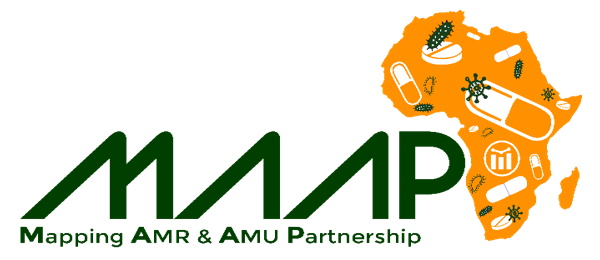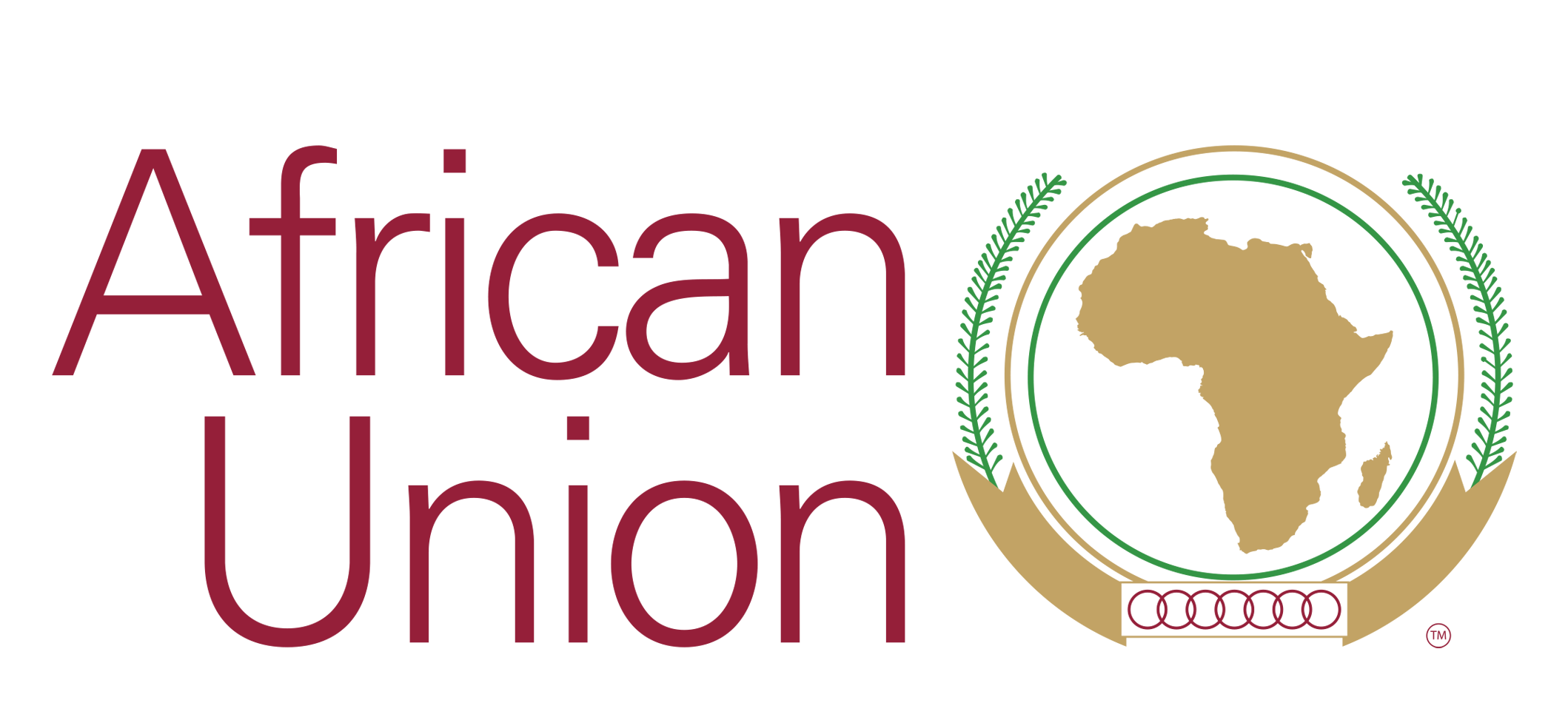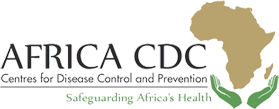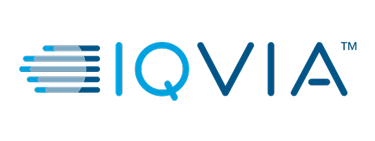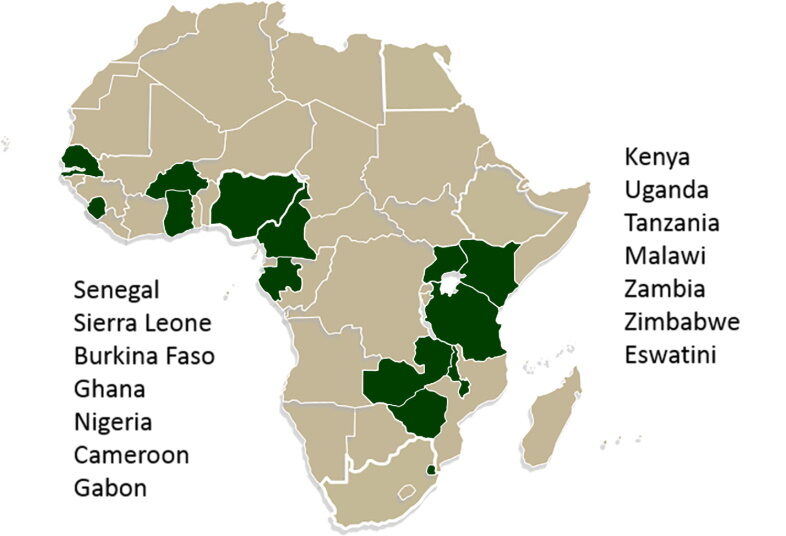The Mapping Antimicrobial Resistance and Antimicrobial Use Partnership (MAAP) is a multi-organization and multi-national consortium led by ASLM, and funded by the UK Government’s Fleming Fund that focuses on the response to the global threat of antimicrobial resistance (AMR), with the goal of improving laboratory capacity and diagnosis, as well as data and surveillance of AMR through a ‘One Health’ approach.
MAAP seeks to establish a system for the collection, storage, and analysis of AMR and antimicrobial use (AMU) data across Africa. MAAP ensures that data are analysed with national and and provide actionable information in support of controlling AMR and developing policies at institutional, national and regional levels. MAAP links up with the QWArS project, which further consolidate country capacity to analyse AMR data, and the EQuAFRICA project, which addresses gaps in the quality of AMR laboratory testing.


